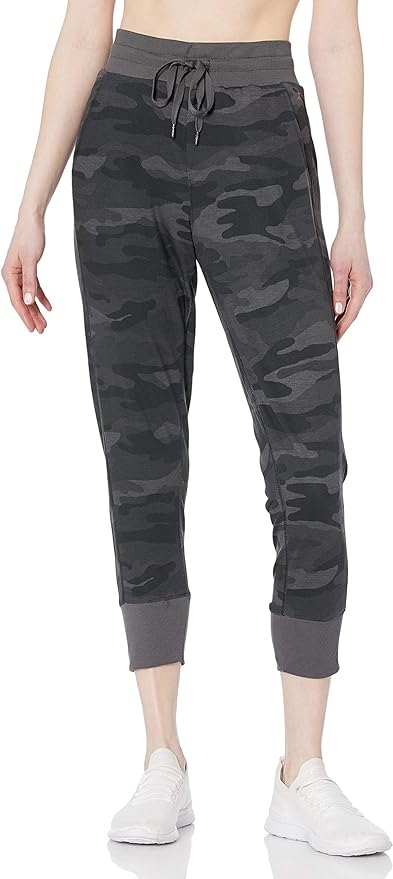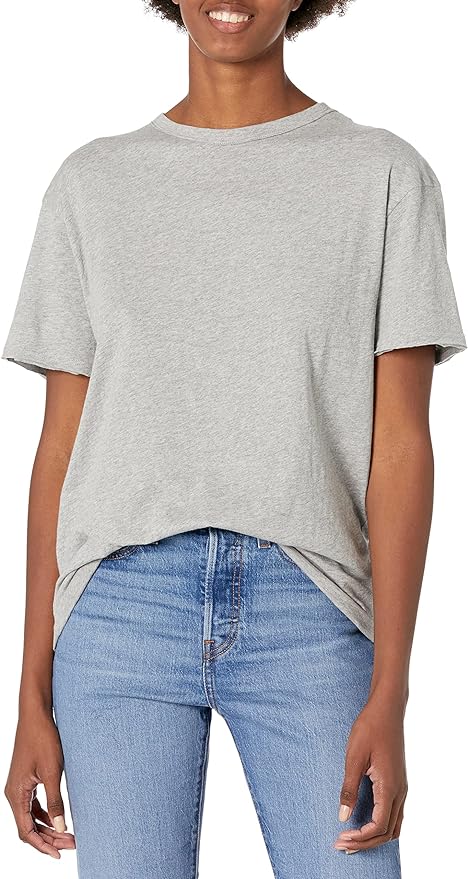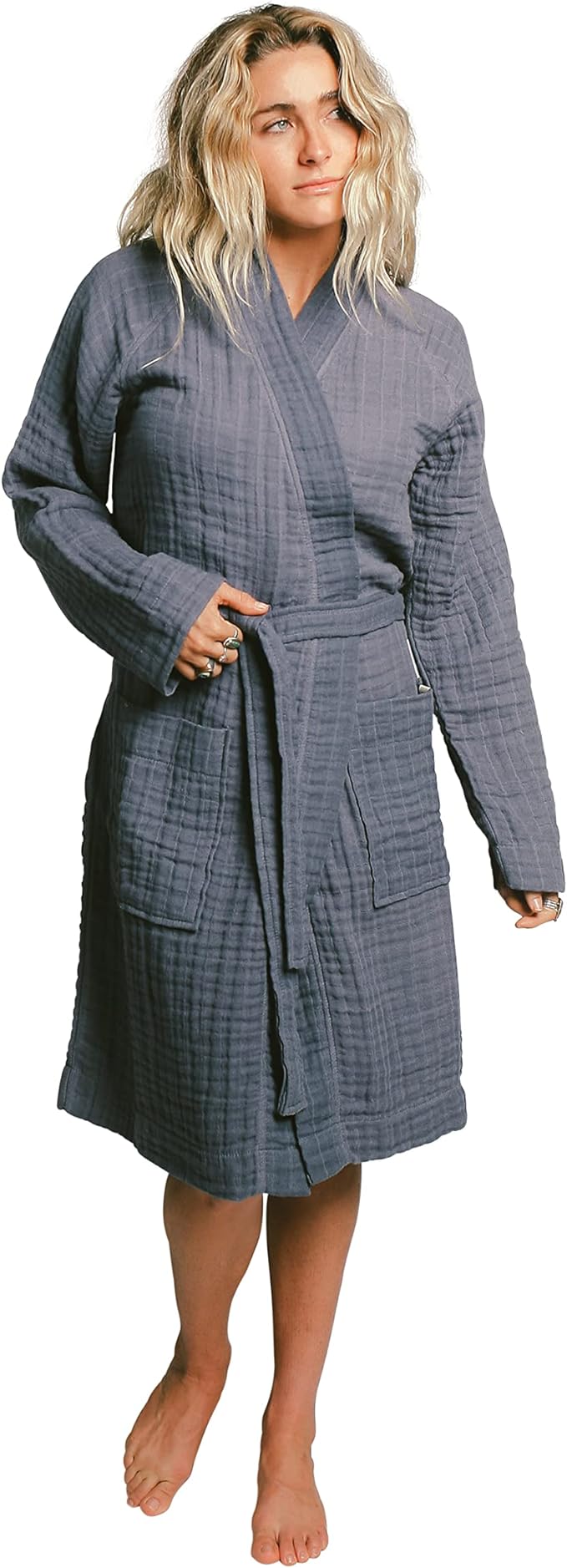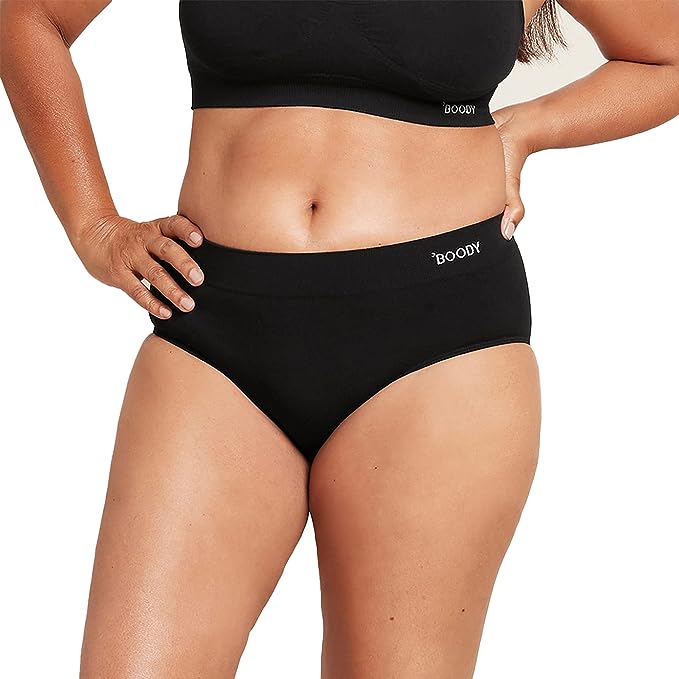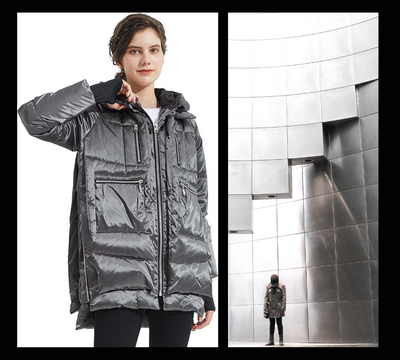
What is Fast Fashion ?
Fast fashion has taken the fashion industry by storm, revolutionizing the way we approach clothing consumption and trends.
The term "fast fashion" refers to a business model that prioritizes producing inexpensive and trendy garments quickly to meet consumer demands. While this concept offers affordability and trendiness, it comes with a myriad of ethical, environmental, and social concerns that are becoming increasingly evident in today's society.
One of the primary issues with fast fashion is its environmental impact. The rapid production and disposal of clothing generate a significant amount of waste.
Cheaply made garments often end up in landfills, contributing to pollution and environmental degradation. Additionally, the production process involves the heavy use of natural resources, including water, energy, and raw materials, further depleting our planet's finite resources.
The unethical labor practices associated with fast fashion are another major concern. To maintain low production costs and high-profit margins, some fast fashion brands exploit labor in low-wage countries.
Workers endure long hours, unsafe working conditions, and receive inadequate pay, a stark violation of human rights. The pursuit of profit often overlooks the wellbeing of those who create the garments, highlighting the need for fair labor practices and improved working conditions.
Fast fashion's disposable culture has shifted our mindset towards clothing, encouraging a mentality of constant buying and discarding. This "throwaway" culture perpetuates consumerism and discourages sustainability.
Instead of cherishing and repairing clothing, the focus has shifted towards buying cheap, trendy items that are often discarded after a few wears or a single season.
Socially, fast fashion promotes unrealistic beauty standards and fosters a culture of comparison. Social media amplifies the pressure to constantly update our wardrobes to keep up with influencers and societal ideals.
This can have detrimental effects on mental health, self-esteem, and financial well-being as individuals feel compelled to conform to these unattainable standards.
Furthermore, the overproduction and overconsumption associated with fast fashion contribute to global carbon emissions and climate change. The fashion industry is a significant contributor to greenhouse gas emissions, from production to transportation. Sustainable alternatives, such as eco-friendly fabrics and ethical manufacturing processes, are essential to mitigate the environmental impact of the fashion industry.
It's crucial for consumers to make informed choices and support sustainable fashion brands that prioritize ethical practices, fair wages, and environmentally friendly production processes.
Additionally, embracing a more conscious and mindful approach to clothing, such as thrift shopping, upcycling, and clothing swaps, can help reduce the negative impact of fast fashion on both society and the environment.
Legislation and regulation play a vital role in holding the fashion industry accountable for its practices. Governments and organizations should advocate for policies that promote transparency, fair labor practices, and environmentally responsible production. This can help shift the industry towards a more sustainable and ethical future.
Education and awareness are key components of addressing the fast fashion dilemma. By educating consumers about the true cost of fast fashion, we can empower individuals to make more conscious choices, support sustainable brands, and ultimately drive positive change within the industry.
Fast fashion's popularity has undoubtedly shaped the fashion landscape, but it has real detrimental impacts on the environment, society, and ethics cannot be ignored.
It's imperative that we collectively strive for a more sustainable and ethical fashion industry, where both consumers and producers prioritize longevity, quality, and responsibility over fleeting trends and immediate gratification.
Here are five FAQs and key approaches that can help mitigate the adverse impacts of fast fashion:
- Consumer Education and Conscious Consumption:Educating consumers about the true costs of fast fashion is crucial. People need to understand the environmental and social consequences of their purchasing decisions. Encouraging a mindset of quality over quantity, promoting timeless styles, and highlighting the benefits of investing in durable, sustainably-produced clothing can reshape consumer behavior. Additionally, supporting and purchasing from ethical and sustainable brands can significantly contribute to positive change.
- Promote Sustainable Fashion Brands:Supporting sustainable fashion brands that prioritize ethical manufacturing, fair wages, and eco-friendly materials is vital. Consumers can choose to invest in companies committed to reducing their carbon footprint and fostering responsible production practices. By shifting demand towards sustainable alternatives, consumers can encourage the fashion industry to adopt more environmentally conscious strategies.
- Advocacy and Legislation:Encouraging and advocating for legislation that regulates the fashion industry and enforces ethical and sustainable practices is critical. Governments can implement laws that mandate transparent supply chains, fair labor practices, and environmentally responsible production. By holding businesses accountable, legislation can drive substantial change within the industry.
- Circular Fashion Economy:Promoting a circular fashion economy involves extending the life cycle of clothing through practices like repairing, reusing, upcycling, and recycling. Consumers can engage in these activities to reduce waste and minimize the need for constant new purchases. Encouraging clothing swaps, thrift shopping, and donating unwanted garments are practical ways to contribute to a more sustainable fashion cycle.
- Fashion Innovation and Research:Encouraging research and innovation in the fashion industry is essential for developing alternative materials, production processes, and business models that prioritize sustainability. Investing in research to discover and promote innovative solutions, such as eco-friendly fabrics and zero-waste production techniques, can drive fundamental changes in the fashion landscape.
Addressing the problems associated with fast fashion necessitates a holistic approach involving informed consumer choices, support for sustainable brands, regulatory intervention, embracing circular fashion practices, and promoting innovation.
By collectively working towards a more ethical and sustainable fashion industry, we can achieve a positive and lasting impact on both society and the environment.
As Amazon Ambassadors we may earn a commission on qualifying purchases made through our site and links, at no cost to you. We hope you will find your next favorite thing here on Fashion Ratings Happy Shopping 🛍
Thank you for taking the time to visit today. We hope you have found your next favorite thing here on FashionRatings.com and we look forward to you visiting again.
Shopping can be overwhelming, with so many option. Fashion Ratings Consumer Editors spend countless hours researching customer reviews and distilling the data into easy-to-understand recommendations that make good purchasing decisions simple!
We may make a small commission at no cost to you.
We take pride in helping you navigate through your shopping journey - eliminating all those returns and exchanges - to ensure a satisfying experience every time.
We'd love to hear from you — just reach out and say HI on Instagram or join us by subscribing for more fashion tips delivered straight to your inbox!ions out there.


